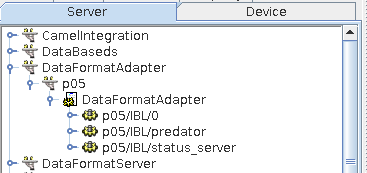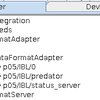Java Device Server example with multiple devices?
|
|
|
|---|---|
|
Greetings, I am very new to Tango.. working through the manuals and some examples in Java. I have so far been able to create devices and have them run through their inherent main methods, and test using the Jive test device functionality. I have had success combining the device with the software drivers that I will use to control my physical devices, so this is encouraging. However, I am having some difficulty in initializing a device server which contains more than one device - specifically, I'm having a hard time understanding how to configure this type of device in the database (using Jive) prior to instantiating my device server. The examples I have access to seem to concentrate on single devices being run through their main methods. I will eventually require many devices to be instantiate through a single device server. If anyone can point me to an example in Java that works, which I can study from, it would be very appreciated. Thanks in advance! dave
–
Dave Del Rizzo Instrumentation Software Developer Herzberg Astronomy & Astrophysics National Research Council Canada |
|
|
|
|
|---|---|
|
Hi, Hope this is still relevant. Here is an example on how we handle such case at HZG: In jive you just define several devices of a same class (DataFormatAdapter):  Look then at the source code - init method: You can also split log messages into different files for each device: |
|

